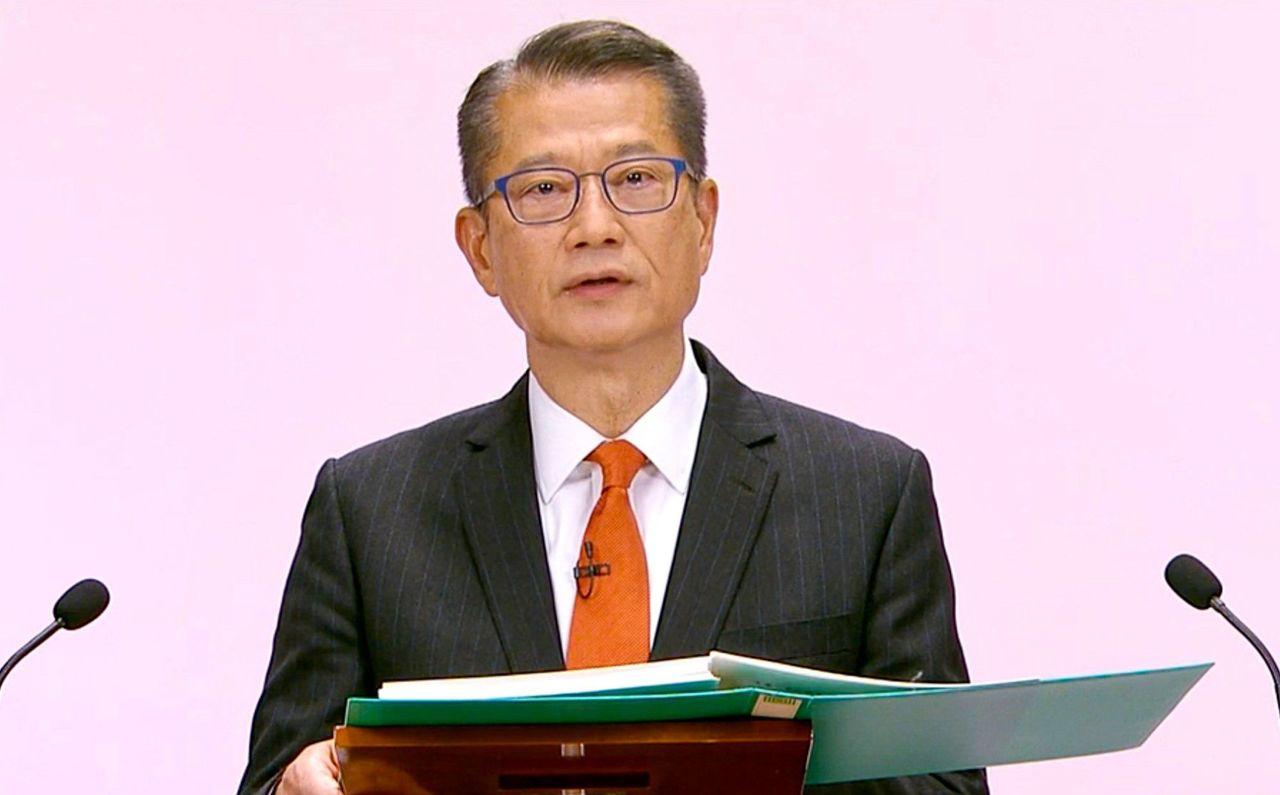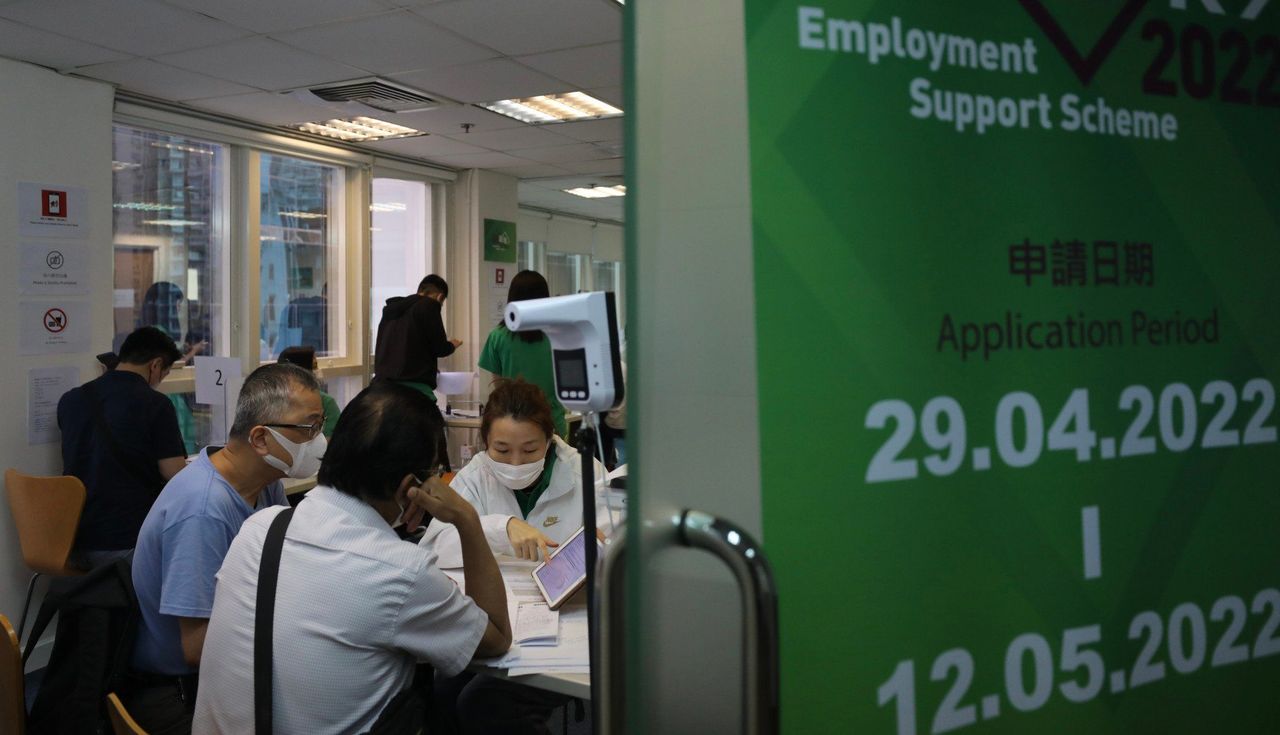Hong Kong News

Hong Kong jobless rate to worsen but don’t be too pessimistic: finance chief
Hong Kong’s unemployment rate is likely to worsen, the finance chief has said, while cautioning there is no need to be “too pessimistic” as long as the fifth wave of the coronavirus pandemic continues to decline.
Financial Secretary Paul Chan Mo-po on Sunday also said the government would reveal the unemployment rate covering February to April this week, with the figure expected to reflect the continuing impact of the pandemic on business.
The fifth wave of Covid-19 has infected more than 1.2 million people and killed over 9,300 residents, forcing authorities to extend and tighten stringent social-distancing rules. While the government has introduced some relaxations, such as ending travel curbs on international arrivals, those steps only came last month.
Looking back over the past two years, Chan noted the jobless rate had swung sharply, in both directions. In 2020, for example, the unemployment rate jumped from 3.4 per cent to 6 per cent, he said.
“In 2021, it triple-dipped from a high of 7.2 per cent to 6 per cent, 5 per cent and 4 per cent at the end of the year,” he wrote on his official blog. “But in 2022, it jumped to over 5 per cent within a few months.”
 Financial Secretary Paul Chan. P
Financial Secretary Paul Chan. P
The 5 per cent jobless rate for the three months ending in March was the highest in nine months. But Chan remained positive about the figure for the coming months, citing the waning coronavirus pandemic.
“In fact, there is no need to be too pessimistic,” he said. “With the epidemic under control over the past month and social-distancing measures being eased in phases, looking forward, the unemployment rate is expected to top out and gradually improve as long as the epidemic continues to stabilise.”
Ryan Lam, head of research of Shanghai Commercial Bank, predicted that the latest unemployment rate would hit 5.2-5.3 per cent.
“As the previous unemployment rate jumped to such a level, we can see how bad each month was,” he said. “If we include the unemployment rate for another month, which may be also bad, the rate of increase will be fast.”
Lam warned the jobless rate could reach 5.7 or 5.8 per cent in June or July before it began to drop.
“Based on the previous waves, the rate may not top out once the social-distancing measures are relaxed. It may take one or two months,” he said.
Chan also addressed the latest figures for growth, released on Friday, which found the economy had contracted by 4 per cent in the first quarter from a year ago. The government had lowered its economic growth forecast for 2022 from 2-3.5 per cent to between 1 -2 per cent.
“Under the influence of the pandemic, the economic data for April is expected to remain weak,” he said. “This means that after a 6.3 per cent gross domestic product growth in 2021, the recovery momentum is even weaker than expected.”
Chan added the economy was also suffering from continuing tensions between China and the United States, global geopolitical tensions, external inflation and a regime of rising interest rates.
 Paul Chan predicts Hong Kong’s unemployment rate will worsen, but says there is no need to be ‘too pessimistic’.
Paul Chan predicts Hong Kong’s unemployment rate will worsen, but says there is no need to be ‘too pessimistic’.
But he said as long as Hong Kong did a good job of risk management, the pressure and challenges would only make the economy more “flexible and resilient”.
Chan noted the US had increased interest rates by 0.75 percentage points this year and planned to reduce the Federal Reserve’s balance sheet.
Nonetheless, the city enjoyed abundant foreign currency reserves, the finance chief said, adding that no unusual activity had been detected against the Hong Kong dollar and related derivatives markets.
But he warned the cycle of interest rate hikes would affect global capital flows, asset prices and economic activity, as well as businesses and people with loans.
“However, the market has been adjusting its expectations and gradually absorbing the risk of faster rate hikes,” he said. “As long as we do a good job of risk management and contingency planning, remain vigilant, and play it by ear, Hong Kong’s economy will be able to move forward steadily even in a complex and volatile environment.”











